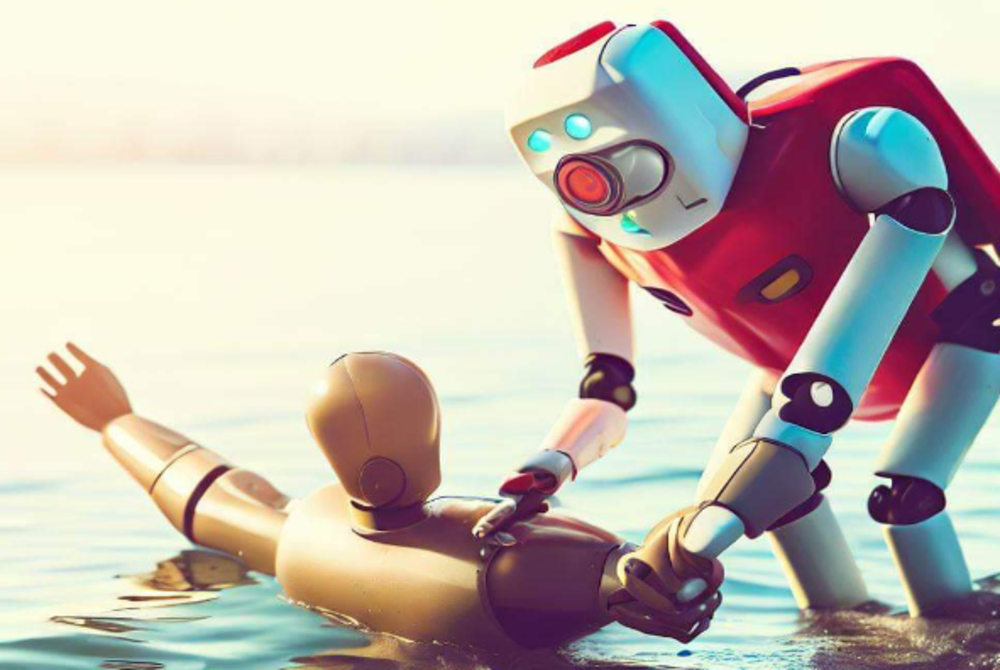German swimming pool testing AI lifeguards

WIESBADEN, Germany - When people drown, there is rarely a lot of splashing and screaming despite what films show. It is not always easy to tell when someone runs into trouble in the water.
One German swimming pool is testing a monitoring system using artificial intelligence (AI) to save swimmers' lives, reported German news agency (dpa).
There are indoor and outdoor pools at the western city of Wiesbaden's Kleinfeldchen swimming baths. They started using the new system in August 2020.
Invented by an Israeli start-up, the AI mechanism has four cameras forming a monitor attached to the ceiling above the indoor pool, that measures 25 m by 15 m.
"The cameras detect movements in the water and record a movement profile that is analysed using AI," says Thomas Baum, operations manager at Mattiaqua, the regional pool operator.
If the patterns are not deemed normal, the system will alert the staff at the pool through their smartwatches. The watch will emit a loud beep and vibrates, says Shahabeddin Khatibi, a pool attendant who has been working with the system since its outset. The watch display will also show a red dot to indicate the exact position of the person in trouble, along with three pictures.
At the start, there were several false alarms when swimmers did a roll turn, for example.
"Over time, the artificial intelligence has learnt which movements are normal for swimmers and when a person is having problems," said Khatibi, who reports back to the system after each alarm, to help it learn whether it has assessed the situation correctly.
After the end of the testing and learning phase, Baum now wants to use the system in other pools and baths in Wiesbaden.
"In the next step, we want to equip the non-swimmers' area and the outdoor pools. Next year, the thermal pool will follow," said Baum.
The cost varies depending on the size of the pool and the number of cameras, but for the current pool, the cost is around US$32,000 to US$42,000 annually, said Baum.
The AI isn't aiming to replace staff or water rescue services, but it helps as a safeguard for staff and swimmers.
"If it works only once in ten years and saves a person's life, then every cent invested will be worth it," said Baum.
Swimming supervision also benefits from the operation. "The system is our third eye, especially when there are 4,000 to 6,000 guests in the pool at once in the summer. It helps us keep an overview," said Khatibi.
Alongside spotting people in danger of drowning, the technology can also detect and sound an alarm if children get separated from their parents while swimming.
The AI system also analyses how many people are in the pool at any one time and shows the number of swimmers in the water on the smartwatch.
Meanwhile, those concerned about data protection need not worry as the cameras only recognise peoples' outlines.
"It's not about monitoring people. It’s about the safety of bathers," said Baum.
In addition to the system used in Wiesbaden, manufacturers also offer AI systems with cameras in the pools.
"This kind of technology cannot replace staff but it can certainly be a valuable addition to support them and thus also save lives," said a spokesperson for the German Life Saving Association (DLRG).
Staff cannot see all bathers at once, especially in large and deep pools or on a busy day, the spokesperson said. Since drowning often occurs silently, the AI can help draw attention to a person faster. - BERNAMA-dpa














